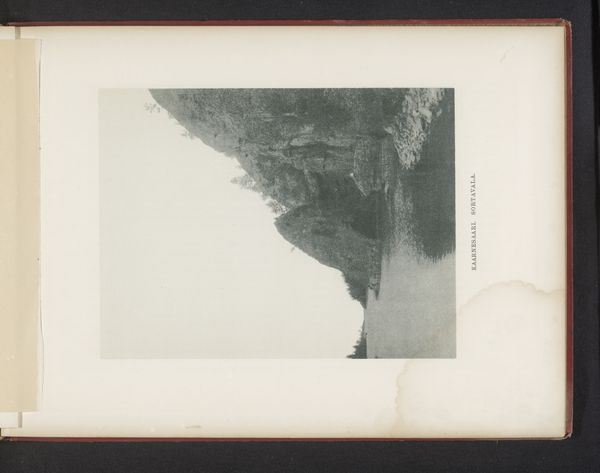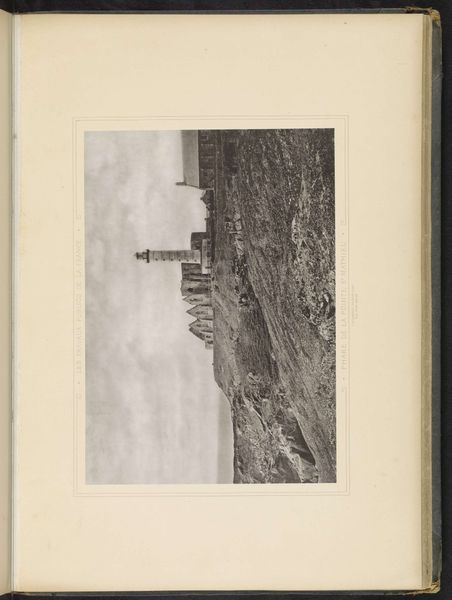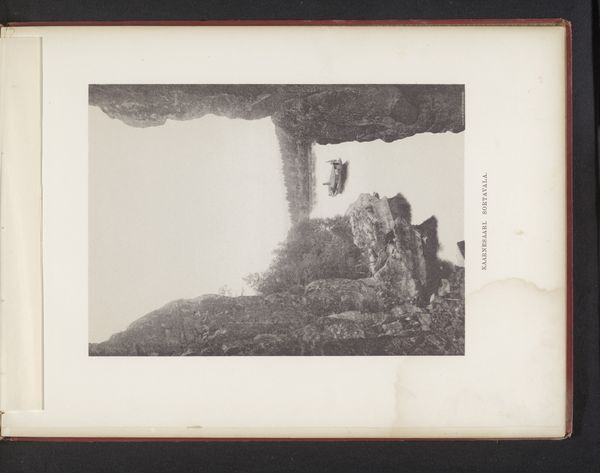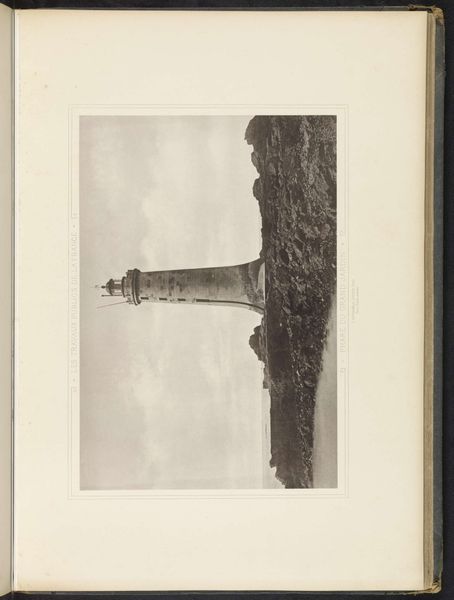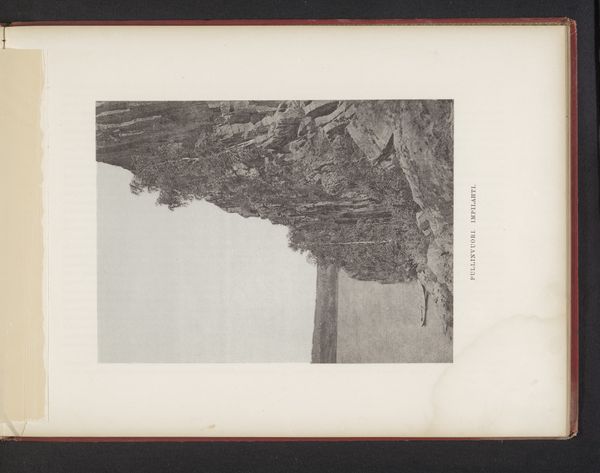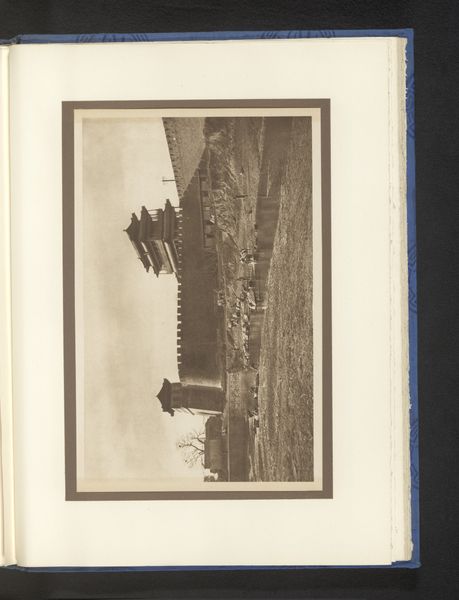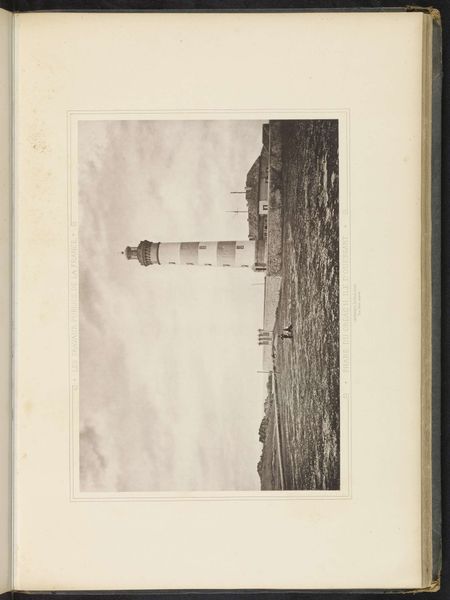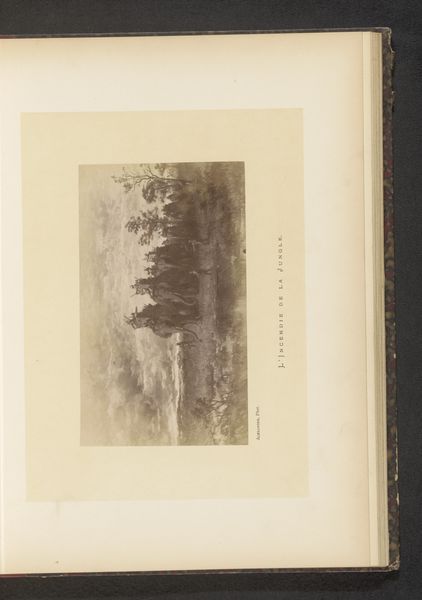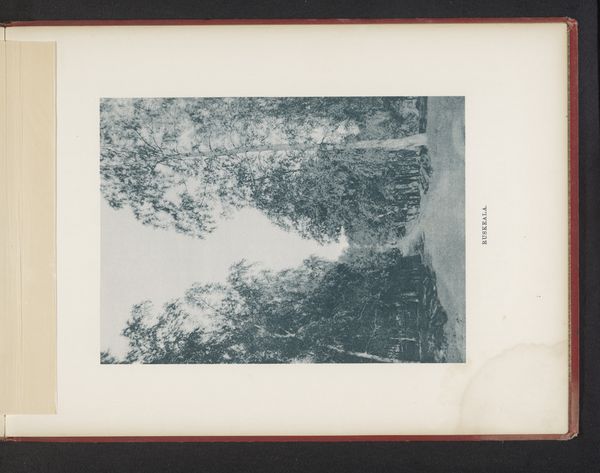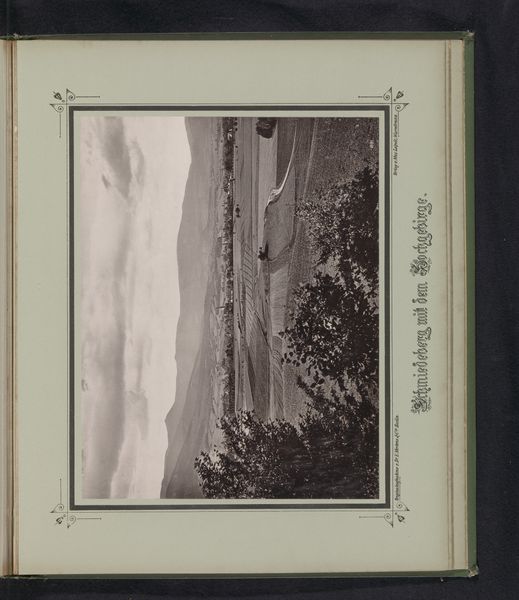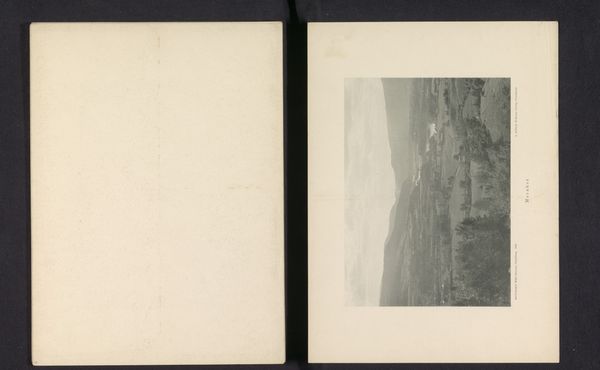
drawing, lithograph, print
#
drawing
#
lithograph
# print
#
sculpture
#
landscape
#
romanticism
#
cityscape
#
watercolor
#
building
Dimensions: height 191 mm, width 138 mm
Copyright: Rijks Museum: Open Domain
Editor: So, here we have "Gezicht op de Tour Magne te Nîmes," a lithograph by Noël-Marie-Paymal Lerebours, made before 1841. It’s a captivating image, almost ghostly, with this imposing tower dominating the landscape. I'm immediately struck by its somber mood. What do you see in this piece? Curator: That somber mood is interesting to key in on. I see the Romantic movement’s fascination with ruins, with remnants of a past that whispers of both grandeur and decay. Notice how the tower isn’t just a structure; it’s a symbol. Can you feel how its very presence evokes cultural memory, a link to earlier eras, like a tangible connection to the history it has seen? Editor: Absolutely! The ruin itself speaks volumes, but what of the landscape surrounding it? It's not exactly inviting, is it? Curator: No, and that's key. That uninviting, almost barren landscape heightens the tower's symbolic power. It speaks to the ephemerality of human achievement against the backdrop of enduring natural forces. It's a visual metaphor for the passage of time and the transformations that shape our world. Do you think Lerebours aimed to evoke feelings of awe or perhaps even melancholy, contemplation? Editor: I think melancholy hits the mark. It makes you think about how everything changes. Curator: Precisely. The lithograph becomes a vehicle for reflection on mortality, history, and the enduring spirit of human endeavors. Symbols often function this way. Even in apparent decay, there is evidence of prior effort. That is a visual message that persists. Editor: That's a really insightful way of looking at it. I wouldn't have picked up on all those layers of meaning. Curator: Art is a process of unveiling. By understanding its symbolism and context, it begins to speak to us on new terms. It allows us to find links to the past that can make our experience in the present far more vibrant.
Comments
No comments
Be the first to comment and join the conversation on the ultimate creative platform.
